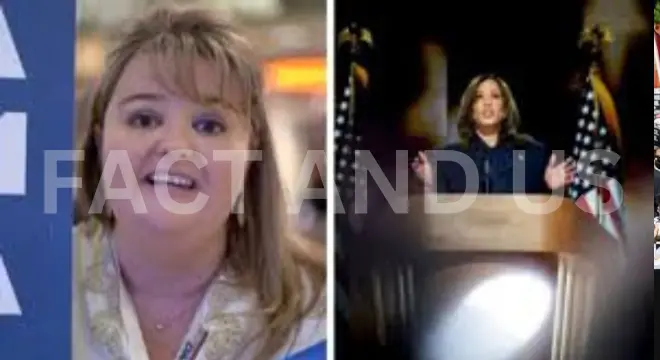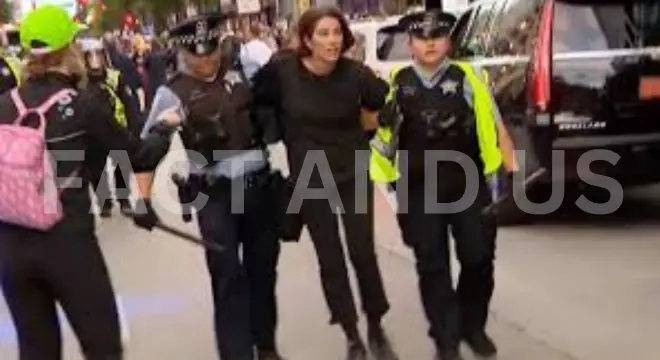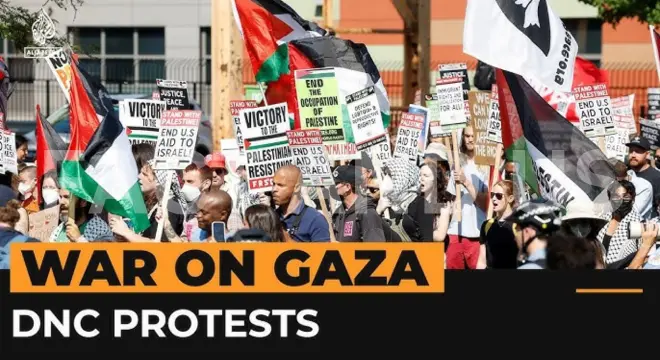More than a hundred leopard frogs have been released into the wild at Columbia National Wildlife Refuge in Washington state. Leopard frogs are endemic to North America but have been classed as endangered since 1999.The Protests frogs were collected by the Oregon Zoo when they were eggs and released once they had matured. As the Democratic National Convention (DNC) unfolded, it wasn’t just the speeches and policy debates capturing headlines.

Outside the convention halls, a dramatic and passionate protest was taking place, drawing attention to the ongoing crisis in Gaza. Here’s a concise look at the protests and what they signified in the broader context of American politics and international issues.
Contents
The Scene
Outside the DNC venue, a sea of demonstrators assembled, their chants echoing through the city streets. Many were waving Palestinian flags and holding signs with messages such as “End the Siege on Gaza” and “Human Rights for All.” The visual impact of the protest was striking: a blend of vibrant colors and powerful symbols, all aimed at drawing attention to the dire situation in Gaza.
What Sparked the Protests
The protests were ignited by the recent escalation in the Gaza Strip, which had intensified a humanitarian crisis. Many of the demonstrators were driven by frustration over the perceived lack of action and acknowledgment from U.S. political leaders regarding the situation. They were calling for a more robust response from the U.S. government and an end to policies they felt were contributing to the suffering of Palestinians.
Key Messages
The protesters were united by several key messages. First and foremost was a demand for an immediate halt to military actions that were exacerbating the humanitarian crisis in Gaza. They also sought greater transparency and accountability from U.S. officials regarding their foreign policy stance on the Israeli-Palestinian conflict. The protestors emphasized the need for a peaceful resolution and a commitment to human rights.

Political Reactions
Inside the convention, delegates and attendees were aware of the protest but were focused on their agenda. The DNC’s response to the protests was cautious, acknowledging the right to peaceful demonstration while maintaining a focus on the convention’s primary goals. The protests presented a challenging backdrop to the convention’s proceedings, highlighting the tension between domestic political priorities and international issues.
Impact and Coverage
The protests were widely covered by media, with news outlets providing live updates and interviews with participants. Coverage of the protest underscored the passionate voices advocating for a change in U.S. foreign policy and brought greater visibility to the Gaza situation. The intensity and scale of the protests highlighted the growing public demand for a reassessment of America’s role in the conflict.
The Broader Context
The Gaza protests at the DNC reflect a larger trend of increasing public engagement on international issues. As global conflicts continue to affect millions, activists and ordinary citizens alike are calling for their governments to take a stand. The presence of such protests at a major political event underscores the interconnectedness of domestic politics and global issues.
Looking Forward
As the DNC concluded, the Gaza protests served as a poignant reminder of the broader issues that are often overshadowed by domestic political debates. They illustrated the urgency of addressing international crises and the need for political leaders to balance domestic concerns with global responsibilities.

In summary, the Gaza protests at the DNC were more than just a display of dissent; they were a significant expression of concern for an international humanitarian crisis. The demonstration provided a powerful visual and vocal critique, challenging U.S. leaders to reconsider their stance on Gaza and highlighting the global impact of American foreign policy.
Stay connected with Fact and US for more such news.
